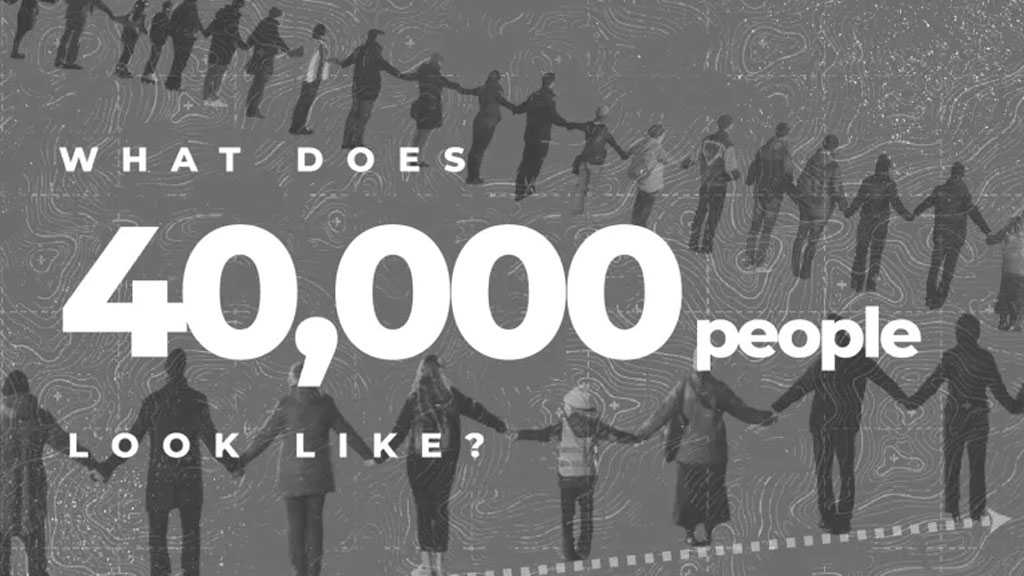Trouble in Banktopia: The financial system is blowing up

By Mike Whitney
The financial system is blowing up. Don't listen to the experts; just look at the numbers. Last week, according to Reuters, "U.S. banks borrowed a record amount from the Federal Reserve nearly $188 billion a day on average, showing the central bank went to extremes to keep the banking system afloat amid the biggest financial crisis since the Great Depression." The Fed opened the various "auction facilities" to create the appearance that insolvent banks were thriving businesses, but they are not. They're dead; their liabilities exceed their assets. Now the Fed is desperate because the hundreds of billions of dollars of mortgage-backed securities (MBS) in the banks vaults have bankrupt the entire system and the Fed's balance sheet is ballooning by the day. The market for MBS will not bounce back in the foreseeable future and the banks are unable to roll-over their short term debt. Game over. The Federal Reserve itself is in danger. So, it's on to Plan B; which is to dump all the toxic sludge on the taxpayer before he realizes that the whole system is cratering and his life is about to change forever. It's called the Paulson Plan, a $700 billion boondoggle which has already been disparaged by every economist of merit in the country.
From Reuters:
"Borrowings by primary dealers via the Primary Dealer Credit Facility, and through another facility created on Sunday for Goldman Sachs, Morgan Stanley, and Merrill Lynch, and their London-based subsidiaries, totaled $105.66 billion as of Wednesday, the Fed said."
See what I mean; they're all broke. The Fed's rotating loans are just a way to perpetuate the myth that the banks aren't flat-lining already. Bernanke has tied strings to the various body parts and jerks them every so often to make it look like they're alive. But the Wall Street model is broken and the bailout is pointless.
Last week, there was a digital run on the banks that most people never even heard about; a "real time" crash. An article in the New York Post by Michael Gray gave a blow by blow description of how events unfolded. Here's a clip from Gray's "Almost Armageddon":
"The market was 500 trades away from Armageddon on Thursday...Had the Treasury and Fed not quickly stepped into the fray that morning with a quick $105 billion injection of liquidity, the Dow could have collapsed to the 8,300-level - a 22 percent decline! - while the clang of the opening bell was still echoing around the cavernous exchange floor. According to traders, who spoke on the condition of anonymity, money market funds were inundated with $500 billion in sell orders prior to the opening. The total money-market capitalization was roughly $4 trillion that morning.
The panicked selling was directly linked to the seizing up of the credit markets - including a $52 billion constriction in commercial paper - and the rumors of additional money market funds "breaking the buck," or dropping below $1 net asset value."
The Fed's dramatic $105 billion liquidity injection on Thursday (pre-market) was just enough to keep key institutional accounts from following through on the sell orders and starting a stampede of cash that could have brought large tracts of the US economy to a halt." (New York Post)
Commercial paper is the lubricant that keeps the financial markets functioning. When confidence vanishes (because the stewards of the system in Washington are buffoons), investors withdraw their money, normal business operations become impossible, and the markets collapse. End of story. So, rather than restore the public's confidence by strong leadership and behavior designed to reassure investors; President Bush decided to give a major prime-time speech stating that if Paulson's emergency bailout package was not passed immediately, the nation's economy would vaporize into the ether. Go figure?
Last week, the commercial paper market, (much of which is backed by mortgage-backed securities) shrunk by a whopping $61. billion to $1.702 trillion, the lowest level since early 2006.
So, Paulson's bailout will effectively underwrite CP as well as the whole alphabet soup of mortgage-backed derivatives for which there is currently no market. The US taxpayer is not only getting into the plummeting real estate market, he is also backstopping the entire financial system including defaulting car loan securities, waning student loan securities, flailing home equity loan securities and faltering credit card securities. The whole mountainous pile of horsecrap-debt is about to be stacked on the back of the maxed-out taxpayer and the evershriveling greenback. Paulson assures us that its a "good deal". Booyah, Hank!
PAULSON'S $700 BILLION BOONDOGGLE
How did Treasury Secretary Paulson figure out that recapitalizing the banking system would cost $700 billion? Or did he just estimate the amount of money that could be loaded on the back of the Treasury's flatbed truck when it sputters off to shower his buddies at G-Sax with freshly minted greenbacks? The point is, that Paulson's calculations were not assisted by any economists at all, and they cannot be trusted. It is a purely arbitrary, "back of the envelope" type figuring. According to Bloomberg: Swiss investor Marc Faber, known for a long track record of good calls, believes the damage may come to $5 trillion:
"Marc Faber, managing director of Marc Faber Ltd. in Hong Kong, said the U.S. government's rescue package for the financial system may require as much as $5 trillion, seven times the amount Treasury Secretary Henry Paulson has requested.... ``The $700 billion is really nothing,'' Faber said in a television interview. ``The treasury is just giving out this figure when the end figure may be $5 trillion.'' (Bloomberg News)
Most people who follow these matters would trust Faber's assessment way over Paulson's. In his latest blog entry, economist Nouriel Roubini said that "no professional economist was consulted by Congress or invited to present his/her views at the Congressional hearings on the Treasury rescue plan." Roubini added:
"The Treasury plan is a disgrace: a bailout of reckless bankers, lenders and investors that provides little direct debt relief to borrowers and financially stressed households and that will come at a very high cost to the US taxpayer. And the plan does nothing to resolve the severe stress in money markets and interbank markets that are now close to a systemic meltdown."
Roubini is right on all counts. So far, more than a 190 prominent economists have urged Congress not to pass the $700 bailout bill. There is growing consensus that the so-called "rescue package" does not address the central economic issues and has the potential to make a bad situation even worse.
Comments




